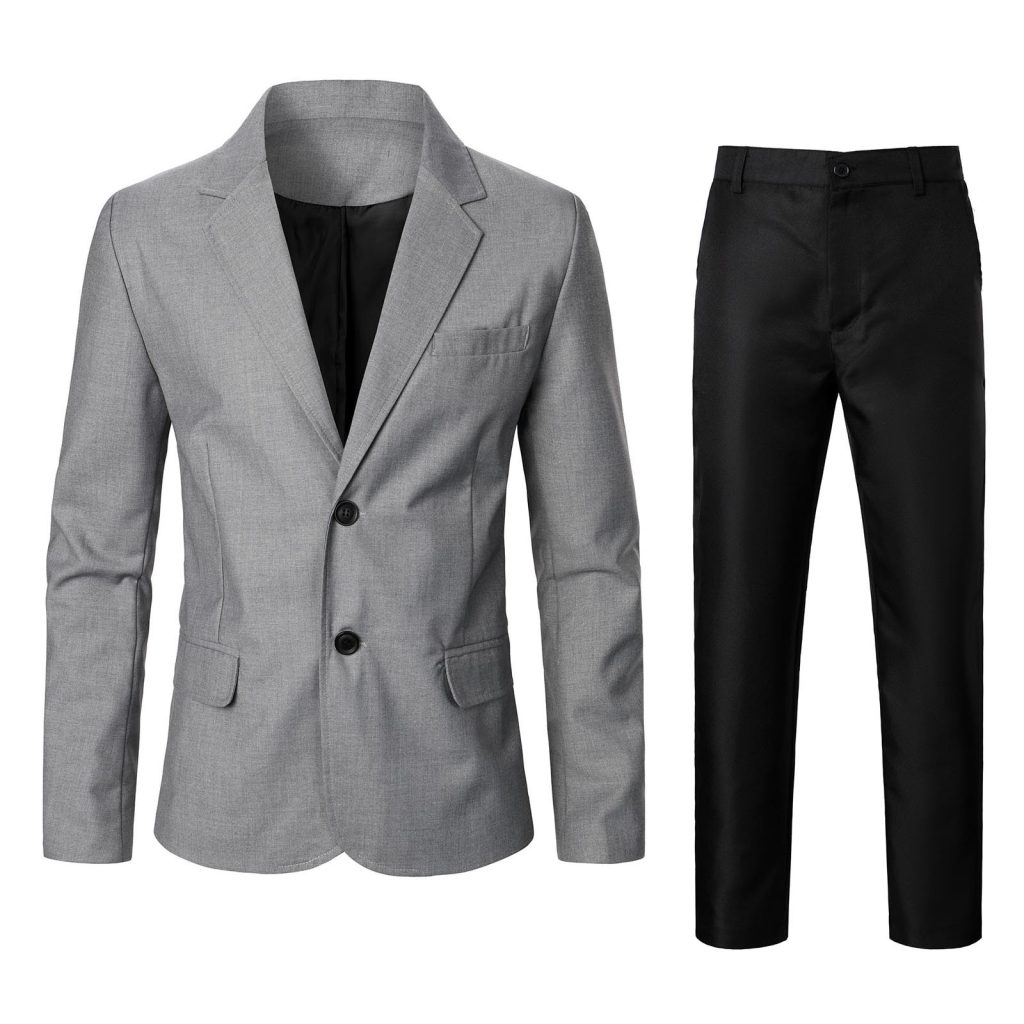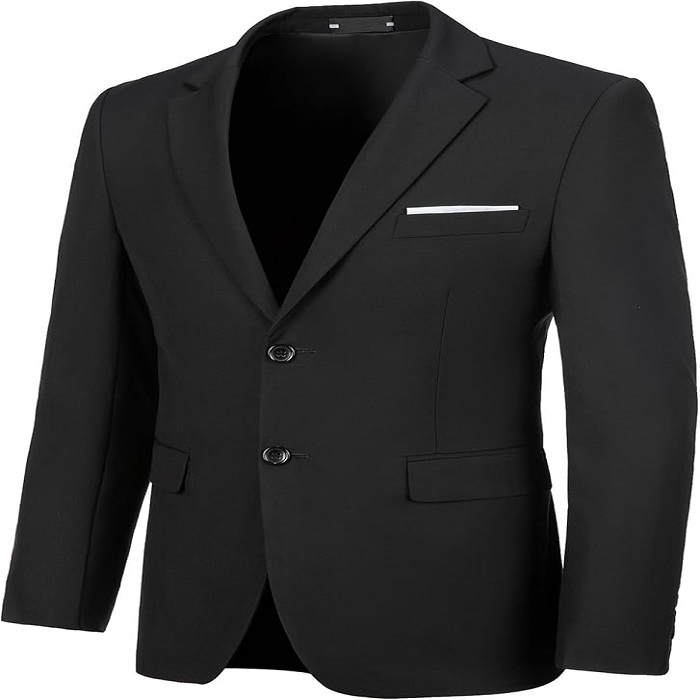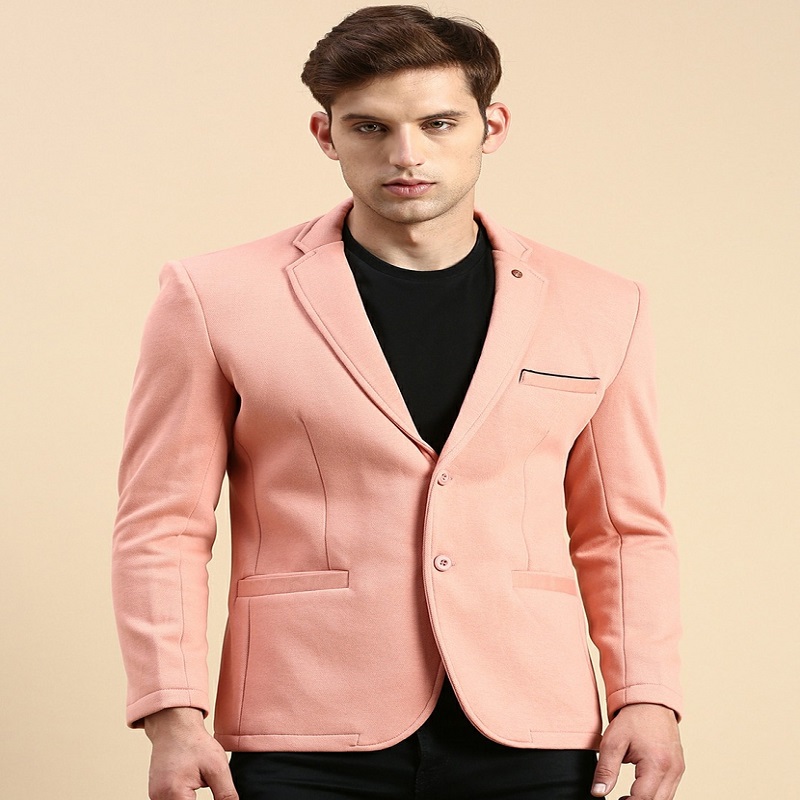Introduction to Suit Jacket Pressing Techniques
How to iron a suit jacket? Ironing a suit jacket may seem daunting. However, with the right techniques, you can do it yourself. In this guide, we will explore the correct methods to de-wrinkle your suit jacket at home. This will not only save you time but also extend the life of your garment.

Understanding the structure and material of your jacket is essential for successful ironing. Suit jackets have complex parts such as lapels and canvasing that need careful attention. We will cover how to properly prepare your jacket for ironing. We will also go over each step of the pressing process. Our focus will include sleeves, body, lapels, shoulders, and vents.
In addition, we’ll talk about how to handle the delicate lining of a suit jacket. For those looking for alternative methods, we will discuss non-iron techniques such as steam showers and handheld steamers. To finish off, we will provide tips to prevent shining and maintain the jacket’s texture. By the end of this section, you will have the knowledge to press your suit jacket like a pro.
Preparing Your Suit Jacket for Ironing
How to iron a suit jacket? Before you begin ironing your suit jacket, it’s crucial to prepare it properly to avoid any mishaps. Here’s a step-by-step guide on getting your jacket ready.
Understanding the Fabric and Required Temperature
First, identify the fabric of your suit jacket. Wool, linen, and cotton each demand different ironing temperatures. For wool jackets, use a warm setting; for linen, the iron can be hotter. Always start with a test on a small, inconspicuous area to ensure that the fabric doesn’t burn or shine.
Dampening Techniques for Effective Ironing
To prepare for ironing, the jacket should be damp but not wet. You can achieve this by hanging it in a steamy bathroom or using a spray bottle filled with water. Make sure to spray evenly across the fabric to avoid water spots. Dampening relaxes the fibers, making wrinkles easier to smooth out. After dampening, lay the jacket flat for a few moments before you start ironing.
The Ironing Process: Step by Step
Ironing the Sleeves
Start with the sleeves of your suit jacket. Use a sleeve board if available to keep the form. Lay the jacket sleeve flat and use a pressing cloth to protect the fabric. Focus on the middle part of the sleeve and avoid pressing the edges too hard. This prevents sharp creases that are not typically desired on suit jackets.
Ironing the Body and Lapels
Continue with a pressing cloth when ironing the body of the jacket. Divide your work into sections, tackling one panel at a time. Remember to use gentle pressure, especially on the lapels, to maintain their shape. Start from the bottom and work your way to the top, aligning with the fabric’s contour.
Addressing the Complex Areas: Shoulders and Vents
When ironing shoulders, use a tailor’s ham to preserve the round shape. For vents, focus on their edges. Apply a light touch to match the natural form of the jacket. Steam the lining inside the shoulder area and apply a light mist of scented spray if desired.
Special Consideration: Pressing the Lining
Be extra careful with lining as it can be delicate. Hover the iron and steam to ease out wrinkles without direct contact. If pressing is needed, opt for a lower heat setting and lightly skim the surface of the fabric with gentle movements.

Alternative De-Wrinkling Methods
Sometimes, you might not have the time or tools to iron properly. Luckily, there are hassle-free methods to de-wrinkle your suit jacket. These alternatives can also prevent potential damage from direct ironing.
Steam Shower Wrinkle Release
A steam shower is a simple method to remove wrinkles without an iron. Here’s how to do it:
- Turn on your shower to the hottest setting and close the bathroom door.
- Hang your blazer and suit jacket in the steamy bathroom, far enough from the water to stay dry.
- Leave the suit jacket to bathe in steam for about 15 minutes.
- Check the jacket. If wrinkles remain, steam it a bit longer.
Using a steam shower can relax the fabric fibers gently, easing out creases without putting direct heat on delicate materials.
Utilizing Handheld Steamers
Handheld steamers are effective for quick touch-ups. They are convenient and easy to use:
- Fill your handheld steamer with water as per instructions.
- Turn it on and wait till steam starts to flow.
- Hold the steamer close to your jacket, but not touching it.
- Move it slowly across wrinkled areas, allowing the steam to do the work.
Handheld steamers offer a focused approach, ideal for smoothing out specific sections quickly.
Both steam shower wrinkle release and handheld steamers are excellent options for those seeking a less labor-intensive alternative to traditional ironing. They can provide a wrinkle-free appearance while preserving your suit jacket’s shape and fabric integrity.
Tips to Prevent Shining and Maintain Texture
When you’re learning how to iron a suit jacket, avoiding over-pressing is crucial. Shining on jackets can give an unwanted, glossy appearance. Maintaining a jacket’s texture keeps it looking sharp. Here are practical tips:
Use Proper Iron Settings
Choose the right temperature for your fabric. Wool jackets need a warm setting. Linen can handle higher heat. Start with a low setting and gradually increase if needed. Avoid too much heat.
Press with a Cloth Barrier
A pressing cloth acts as a protective layer between the iron and the fabric. It helps prevent shining and preserves the texture. Use a thin white cotton cloth for best results.
Practice Gentle Pressure
Applying too much force can damage the jacket’s surface. Use light pressure and focus on tricky areas carefully. Allow the iron’s heat and the cloth to smooth wrinkles.

Keep Moving the Iron
Don’t let the iron sit in one spot for too long. Keep it moving to distribute heat evenly and avoid scorching the fabric.
Steam Instead of Press
Using steam helps relax fibers without direct contact. Hold a handheld steamer slightly above the fabric or use the steam function on your iron. This approach reduces the risk of shining.
Hang Jackets Properly
After ironing, hang your jacket on a shaped hanger. This preserves the garment’s form and prevents new wrinkles from forming.
Following these tips will ensure that you iron your suit jacket effectively without compromising its quality. Always be patient and attentive to detail for the best results.
Conclusion: Advantages of DIY Suit Jacket Ironing
Pressing your own suit jacket holds many benefits. DIY ironing saves you both time and money that might otherwise go to professional services. With the step-by-step guidelines covered, you now have the knowledge to tackle creases on your own. This self-sufficiency brings a sense of accomplishment and ensures your garment’s longevity.
The Importance of Ironing Your Suit
The Significance of Ironing a Suit
Ironing a suit is not simply a matter of smoothing out wrinkles and creases. It is a process that can greatly enhance the overall appearance of the garment and, by extension, the person wearing it. A well-ironed suit exudes professionalism, attention to detail, and a high level of grooming. It sends a message that the wearer takes pride in their appearance and is serious about making a good impression.
The Impact on One’s Appearance
The impact of ironing a suit on one’s appearance cannot be overstated. A wrinkled or rumpled suit can make even the most stylish and well-fitting garment look shabby and unkempt. On the other hand, a properly ironed suit can elevate the wearer’s overall look and command attention and respect.

